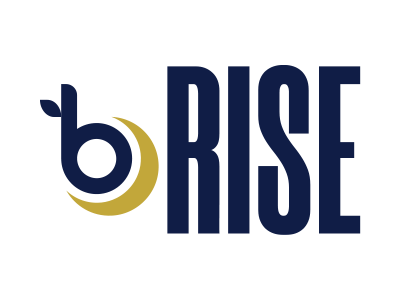
Taking advantage of new technologies and transferring the site of treatment from the clinic to patients’ residences, where condition reminders of prior drug use provoke craving, are research priorities. The most common treatment for CUD is a combination of group, individual, and sometimes family therapy provided in several sessions per week, known as intensive outpatient therapy (IOT). IOT was shown to be as effective as inpatient drug treatment for the initial treatment of CUD in the early 1990s and was found to be a cost-effective way to treat the large number of patients with CUD who presented for treatment during that era (5). Although the specific procedures of IOT vary from program to program, most IOT programs consist of a combination of group and individual drug counseling, along with varying degrees of family involvement. Standard outpatient drug counseling typically consists of one or two sessions per week; the duration of an individual counseling session is typically between 30 and 60 min, while group sessions are 60 to 90 min in length.
- For certain drug types, some symptoms are less prominent, and in some cases, not all symptoms apply.
- Peer review is essential to advise the editorial decision-making process, justify rejections, improve the quality of acceptable manuscripts, and identify instances of ethical or scientific misconduct.
- The primary outcome was defined as the intention-to-treat (ITT) logarithm of the odds ratio (log OR) of having a negative urinalysis result for the presence of cocaine metabolites at the end of the treatment period compared with baseline.
- Aripiprazole led to a significant reduction in craving in one study [66], while another two studies [70,71] did not differentiate from placebo.
- Complementary and alternative therapies are also gaining traction in cocaine addiction treatment.
- The most severe implications are for countries with fragile health care systems.
Behavioral Interventions
For promoting abstinence in patients with CUD, no therapy has been shown to be more effective than VBRT, especially when VBRT is coupled with community reinforcement therapy. VBRT is based on the behavioral principle that a behavior that is rewarded is more likely to be repeated. In VBRT, patients receive vouchers redeemable for goods and services in the https://ecosoberhouse.com/ community contingent upon achieving a predetermined therapeutic goal, such as drug abstinence. Using CM in the form of VBRT reinforces new adaptive behaviors that conflict with addictive behavior. VBRT is delivered as a component of a psychosocial treatment, such as IOT or drug counseling, CBT or community reinforcement therapy, rather than alone.

Health Care Providers
This approach recognizes that many individuals with addiction also have co-occurring mental health disorders. By addressing both the addiction and the mental health issues simultaneously, individuals have a better chance of achieving lasting recovery. Dr. Dennis McCarty from the Oregon Health & Science University discussed what kind of research is needed. Examples included integration of research into educational standard development, integration of outcome measures into training processes and systems of care, assessments of the impact of standards on care delivery and outcomes, and cross-national comparisons of training and training standards.
Symptoms of Cocaine Addiction

Cocaine acts on the reward centers of the brain by increasing the effects of naturally occurring neurotransmitters (such as serotonin and dopamine) that make a person feel good. Cocaine, also known as coke, is a powerful stimulant derived from the coca plant. It is cocaine addiction treatment abused by several methods, including snorting it through the nose, smoking it, and injecting it intravenously. The severity of your addiction will guide the intensity and duration of your treatment, ensuring that you receive the appropriate level of care and support.
Products & Services

Acute kidney failure (rather than slowly deteriorating kidney function) is a life-threatening emergency that’s also common with cocaine overdose. You may develop thinning or deterioration of the septum nasi (the septal cartilage in your nose) if you snort the drug. Injecting the drug can increase your risk of a serious skin infection, such as a bacterial staphylococcus infection. Cellulitis (a severe type of skin infection) and necrotizing fasciitis (destruction of the infected tissue), and a systemic infection can develop as well. Having drug paraphernalia, or other items for using cocaine in your home or apartment can be a sign of addiction too.

Substance Use and Associated Health Problems in Humanitarian Settings — Responding to the Needs of Affected Populations
- While some people are able to successfully detox from cocaine in an outpatient setting, others find that an inpatient program is helpful for managing acute withdrawal symptoms.
- Another study with positron emission tomography (PET) [9] using personalized cues and autobiographical memories found a decreased activity in the prefrontal cortex, lending support to previous findings showing a disruption of prefrontal activity during craving [4].
- It’s about rebuilding a fulfilling life beyond addiction, not just eliminating drug use.
- All search results were imported from PubMed XML output into Covidence.org, with duplicates automatically removed during importation.
- As Dr. Bhatti noted, experiences of stigma may decrease use of treatment and social services as well as quality of care.
Cognitive Behavioral Therapy for Cocaine Addiction


